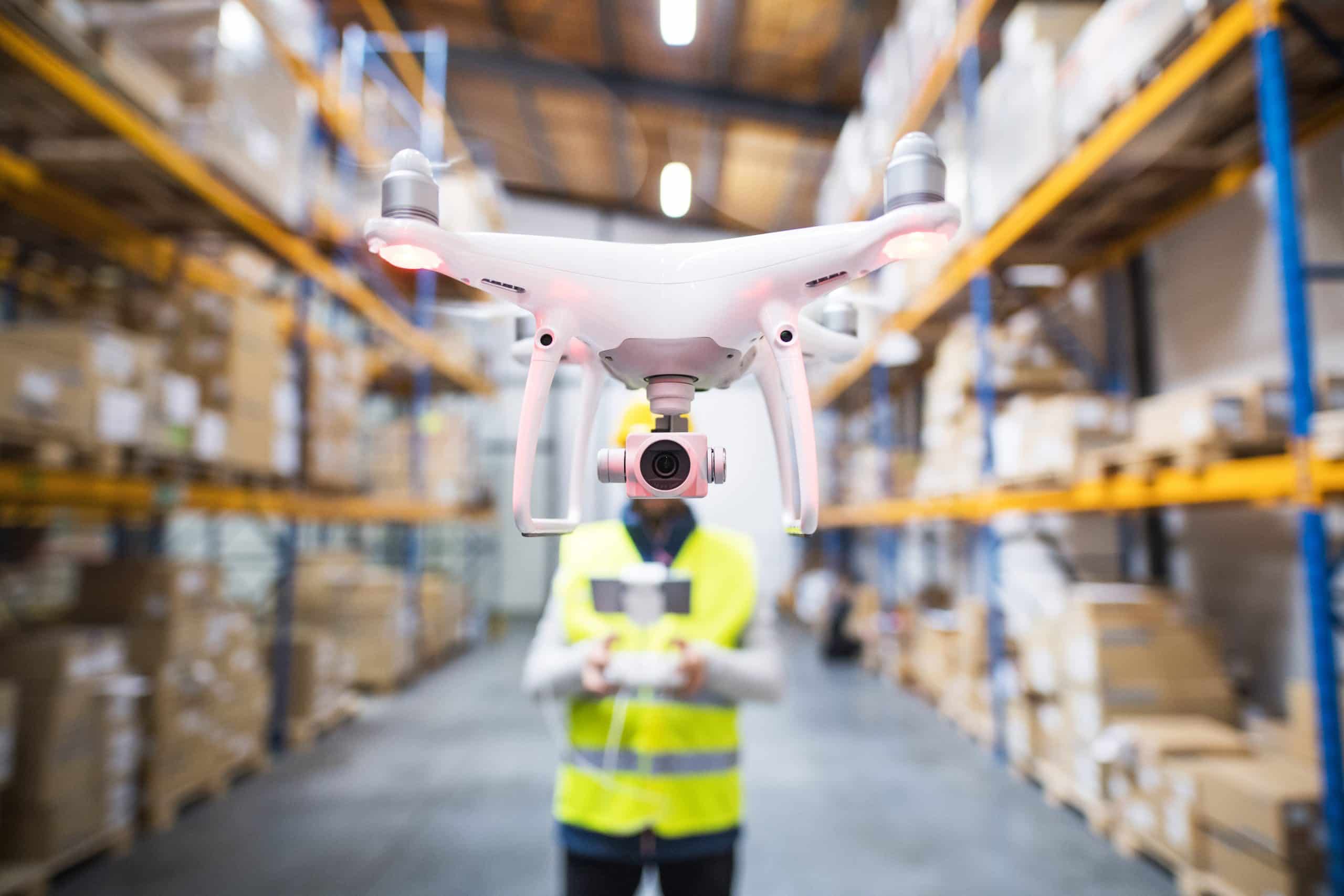What’s New in Autonomous Drones for High-Precision Agriculture?

Today’s farmers face an array of complex challenges. From weather unpredictability to pest infestation, the task of maintaining a healthy and productive farm has become more difficult. However, technology is playing a pivotal role in transforming the agricultural landscape. The advent of autonomous drones has brought about a revolution in precision agriculture. Let’s delve into their world and understand what’s new in autonomous drones for high-precision agriculture.
The Emergence of Drones in Agriculture
Autonomous drones have become an integral part of modern farming. Their use in agriculture is not new, but their capabilities and functionalities have been significantly enhanced in recent times. Farmers worldwide are harnessing the power of these aerial vehicles to monitor crops, analyze data, and make informed decisions.
Lire également : How Is AI Being Applied to Optimize Retail Shelf Stocking and Layout?
These drones are equipped with advanced sensors and high-definition cameras that capture and transmit real-time images of the farm. They provide valuable insights into the health of crops, enabling farmers to take immediate action if any anomaly is detected. This real-time monitoring capability has made drones an indispensable tool in precision agriculture.
The Role of Data in Precision Agriculture
In precision agriculture, data is king. The more information a farmer has about his crops, the better he can manage them. Drones play a crucial role in data acquisition. They capture a multitude of data points, including soil composition, moisture levels, crop growth, and pest presence. This information is then processed and analyzed to provide a comprehensive picture of the farm’s condition.
Avez-vous vu cela : How Are Adaptive Lenses Changing the Game for Digital Eye Strain Reduction?
With the aid of autonomous drones, farmers now have access to data that was previously impossible to obtain. They can track the growth of each plant, identify diseases before they spread, and make informed decisions about irrigation and fertilizer application. The availability of real-time data from drones has revolutionized the way farmers manage their fields.
Drones and Crop Monitoring
Autonomous drones have ushered in a new era of crop monitoring. Unlike traditional methods that required physical inspection, drones can cover vast tracts of land in a short span of time. They can take high-resolution aerial images, which provide an accurate picture of the crop’s health and growth.
These image-based insights help identify areas under stress due to lack of water or nutrient deficiency. They can also detect the presence of pests or diseases early, allowing for timely intervention. This capability to monitor crops at a granular level is a game-changer for farmers, helping them optimize their resources and improve yield.
The Autonomy Factor: A New Edge in Farming
Autonomous drones are not just about flying overhead and capturing images. They are capable of operating independently, without the need for human intervention. This autonomy brings a new level of efficiency and convenience to farming.
These drones can be programmed to follow pre-set flight paths and perform specific tasks at scheduled times. They can autonomously navigate around obstacles, adjust their altitude based on the terrain, and even return to their home base for recharging or data transfer. This level of autonomy allows farmers to focus on other important aspects of their farm while the drone does the monitoring and data collection.
The Future of Autonomous Drones in Agriculture
As technology continues to advance, autonomous drones are expected to become even more sophisticated and capable. They will be equipped with more sensors, improved imaging capabilities, and advanced algorithms for better data analysis. The drone technology is rapidly evolving to incorporate Artificial Intelligence (AI) and Machine Learning (ML) capabilities, thereby providing more accurate and predictive analytics.
The future of autonomous drones in agriculture looks promising. Farmers will be able to use them for a wide range of tasks, from sowing seeds and spraying pesticides to harvesting crops. As we move forward, these autonomous drones will not only change the way we farm but will also redefine what it means to be a farmer.
These developments in drone technology are reshaping the agricultural landscape, making farming more efficient, productive, and sustainable. As we continue to explore the potential of these aerial vehicles, it is clear that the future of farming lies in precision agriculture, and drones will play a pivotal role in realizing this vision.
Drone Technology: The Path to Autonomous Farming
Autonomous drones are the backbone of the technology that has signaled a new dawn in farming. The drone technology has evolved over time and has integrated more advanced features that have enhanced precision agriculture. The core of this evolution is the combination of computer vision and machine learning technologies that enables drones to learn and adapt to different farming environments.
In the field of agriculture, drone technology has advanced beyond simple data collection. Autonomous drones are now equipped with high resolution cameras and advanced sensors, which can capture detailed images and measurements from the farm. The high-resolution images captured by these drones are analyzed using computer vision techniques to assess the crop health and growth patterns. This data, combined with machine learning algorithms, allows the drones to make real-time decisions, such as adjusting irrigation or applying fertilizers.
Autonomous drones can also be equipped with fixed-wing design for long-duration flights, allowing them to cover larger areas of farmland. Furthermore, the development of autonomous tractors that can be controlled by drones is another exciting advancement in this field. This integration of drone technology and smart farming equipment is a significant step towards fully autonomous farming.
The application of machine learning in autonomous drones has made it possible for these devices to learn from the environment and improve their performance over time. They can recognize patterns in crop growth, identify signs of pest infestation, and even predict weather patterns. This predictive capability is a game-changer in precision agriculture, enabling farmers to take proactive measures and optimize their farming strategies.
The Changing Landscape of Agriculture
The integration of artificial intelligence and drone technology is creating a paradigm shift in the agricultural sector. These advancements are transforming farming from a labor-intensive activity into a tech-based industry. Farmers are now able to perform tasks such as crop monitoring, data collection, and even crop harvesting with minimal human intervention. This shift towards autonomous farming is not only increasing productivity and efficiency but also paving the way for sustainable farming practices.
The future of autonomous drones in agriculture looks bright, with new advancements and innovations on the horizon. We can expect drones to become even more intelligent, capable of making complex decisions and operating independently in different farming environments. The incorporation of artificial intelligence will further enhance the capabilities of these drones, providing more accurate, real-time data, and making farming more precise and efficient.
In conclusion, the advent of autonomous drones has revolutionized the agricultural landscape. Drone technology, combined with artificial intelligence and machine learning, is creating a new era of precision agriculture. This technology is empowering farmers with real-time data and predictive analytics, enabling them to make informed decisions and improve crop health. Autonomous drones are not just a technological advancement; they represent a new way of farming, paving the way for a sustainable and productive future in agriculture. As we continue to explore and harness the potential of these devices, it is clear that autonomous drones will play a pivotal role in shaping the future of agriculture.
